Glock 21
Howdy, folks and welcome back. In the last few weeks, we’ve talked about the Single Action Only trigger, as typified by the 1911. We talked about the development, and some of the pros and cons of the “traditional double action,” or “Double Action/Single Action,” or DA/SA trigger, as found in a bevy of guns from the Walther PPK and P38 down through the old metal frame S&Ws, SIG P226, Beretta M9, and a number of other notable designs. Most of them are notably absent from major roles in today’s firearms scene however, (except for CZ, who have carved out a niche for themselves in competition, long after the DA/SA has faded elsewhere.)
What finally set the DA/SA’s sun? That’s this week’s subject, the “Glock Safe Action,” or striker-fired design. Please forgive the lack of a photo subject this week. I’d intended to borrow one, but left it too late and wasn’t able to make a connection. I actually did have a police trade second generation G21 myself. I was favorably impressed, but never really found a niche for it. Partly, there’s the grip angle. It’s 23 degrees, compared to 18 on most guns influenced by the 1911. That makes it hard to switch between the Glock and… well, anything else. Then there’s size. I’m a big guy, but a large frame Glock is pushing it for me for CCW. In competition, the Glock’s usual home is USPSA Production division, but it’s 9MM city and I had a .45 ACP. Expensive way to handicap myself. I couldn’t even “try it out and see if I liked it, then get a nine down the road,” as mags, holsters, parts, all the ancillary stuff is different between the 9 and 45. Eventually I sold it. I’ve thought well of Glocks since, but never picked up another.
So, a quick review. The SAO, especially the 1911 version, is an excellent system that permits very fine shooting to be done very quickly. It does have some drawbacks, some percieved, some real. On the pro side of the ledger, it can be tuned to a very light and smooth pull (1.5-2 lbs for competition specials, about 4 lbs for a duty gun,) with very short travel, and consequently a very short reset. For these reasons, 1911 and 2011 guns form the basis of a huge majority of race guns. Because each trigger pull is the same from first to last, it is very consistent. However, a gun that’s super easy to set off intentionally can also be easy to set off unintentionally. Also, the two layers of safeties, the grip and thumb safety that must be actuated to “turn on the gun,” are a possible failure point. Even top flight competitive shooters have been known to miss a grip enough not to depress the grip safety, or forget to click off the thumb safety. Under stress, that nice crisp trigger can be a liability.
The percieved issue is that cocked and locked carry looks aggressive to the unititiated. It’s a “bad optic,” for public facing agencies, like police departments.
The DA/SA preserves most of the positives of the SAO trigger. Crisp and fairly light, but instead of the multiple safeties of the 1911, the DA/SA borrows a trick from the revolver world. The pistol is carried with the hammer uncocked, and the first shot is double action. That means a longer, heavier trigger, typically 10-12 lbs, and a longer travel of half an inch or more, instead of the barest sixteenth seen in SA mode. The trigger first cocks the hammer, then releases it. The cycling of the action cocks it again for the subsequent shots. This solves the issues of possibly forgetting or failing to disengage a safety, as well as the aggressive look of a cocked hammer. When it was first popularized, most of the agency customers were transitioning to it from revolvers, so they had large pools of personnel already trained in double action shooting.
As time went by, it became clear that it introduced problems of its own. Notably that recruits now had to be trained on two separate trigger types. The transition between the two could cause trouble. The human brain expects something to work the way it did last time. When the second pull is barely a quarter of the first, there exists a potential for an unintended discharge.
Thus we lay our scene in fair Verona. I mean Vienna. In Vienna was born the man who would undermine the two great triggers, both alike in dignity. Gaston Glock.
Mr. Glock was already 52 years old, and had never designed a firearm in 1980 when Austria asked for bids for a new service pistol to replace their aging fleet of WWII vintage Walther P38s. They set a stringent set of requirements. Mr Glock hired former engineers from a number of European arms makers, and set about combining successful features from various pistols, along with his own knowledge of polymers from his previous engineering experience.
In less than a year, they produced the Glock 17, so named as it represented Mr. Glock’s seventeenth patent. It was submitted to the Austrian pistol trials where it survived remarkable amounts of scientific abuse. By 1982, it was adopted.
The Glock pistol has a number of virtues, especially as an agency gun. It is light, the Gen 1 G17 weighed a mere 22 oz empty. Even today most comparable plastic service pistols, like the M&P, H&K USP, polymer CZs, FN, all tend to weigh in nearly half a pound heavier. In those days of steel, it was revolutionary. The metal surfaces are treated with a nitro-carburizing process that makes them nearly impermeable to corrosion. Something that emphatically cannot be said for a traditional blued steel, which will rust at the drop of a had, or so-called stainless, which does stain somewhat less, but not always a whole lot.
It uses only 34 parts, as compared to 50 in a revolver, or over 70 or in a 1911 or CZ-75. The parts are designed to work together in a way that requires little or no precise fitting.
That meant they could be built for cheap, and sold to law enforcement for cheap. Once the buying public got over their suspicion of the foreign made plastic pistol, seeing one in every second cop’s holster inspired legions of non-uniformed citizens to buy their one of their own. Or six. Or a dozen. Collect the whole set!
Most importantly (for this article about triggers) was the Glock Safe Action trigger system. A conventional arrangement has the hammer cocked, and then released suddenly to strike a firing pin, which in turn hits the primer. Boom.
The Single Action can be visualized as a rock sitting at the top of a hill, propped by a wedge. When the wedge (or sear) is removed, the rock rolls down the hill. The Double Action is more like Sisyphus rolling that rock right up to the top of the hill, over the top and down the other side. Work, work, work, and then away it goes.
With the Glock system, they decided to do away with the hammer altogether. They gave the firing pin itself a heavy spring. When the gun is cycled, the trigger bar catches this “striker,” and holds some preload tension on that spring. Pull the trigger (including the little safety lever in the middle,) and it cocks it the rest of the way before releasing it.
Picture our rock, but this time, when it rolls down the hill, it also rolls partway up the next. It only takes a little bit of work to push it up the rest of the way.
Travel is generally 0.38”, and pull weight 5.5 lbs. A pretty fair middle ground between the 4 lbs and almost no discernible movement of a duty grade 1911 trigger, and the 10-12 lbs and .5” plus of most double actions. No external safeties to manipulate, and yet the internal safeties rendered it drop safe to an impressive standard. No aggressive looking cocked hammer. (You can’t see the striker, after all.)
Possibly best of all, the pull is consistent from the first pull to the last. This saved considerable training resources in police academies, which would really rather be teaching rules of evidence, parking regulations or driving techniques, rather than multiple different ways to shoot the same gun.
Aficionados, as ever, were harder to win over. The resulting feel of all this is a vague, mushy sproing, rather than the clean and crisp break of a good SA, or heavy but smooth feel of a fine DA. But there are far more Officer Joes than aficionados in the world, and over the next 20 years, the Glock took the world by storm, then spawned a legion of imitators.
Just as with writing, the surest way to find the flaws in anything is to release it to the public. Press “PUBLISH” to instantly find your remaining typos. Release something mechanical, and find all the ways it can foul up, or be fouled up by humans. Over the years since the first Glocks came on the scene they’ve been remarkably solid, but one significant issue has arisen.
One of their chief selling points is that there are no external safeties. If you pull the trigger, it goes bang. Some people have pointed out that a Glock isn’t far away from carrying a 1911 in Condition Zero, with both safeties deactivated. Holstering has proven to be the Achilles heel. It sometimes leads to a condition known as Glock Leg.
<iframe width="560" height="315" src="
title="YouTube video player" frameborder="0" allow="accelerometer; autoplay; clipboard-write; encrypted-media; gyroscope; picture-in-picture; web-share" referrerpolicy="strict-origin-when-cross-origin" allowfullscreen></iframe>
There’s a whole sub-genre of YouTube videos dedicated to the phenomenon. If anything gets into the trigger guard, like a stray jacket hem, a shirt tail, or a careless finger, a brisk shove will set that thing off. On a duty belt, hanging an inch or so off the hip, that’s not exactly safe, but with the recent trend towards concealed carry in the appendix position it can be downright catastrophic. In that case, rather than grazing a butt cheek, or an accidental stigmata of the foot, the muzzle may well be pointing at a male’s reproductive equipment, (typically rather precious to the male in question,) and the femoral arteries of a concealed carrier of either sex.
Next week, we’ll cover what I think may be the best (and safest) high performance CCW piece going. Don’t miss it! Be sure to subscribe!




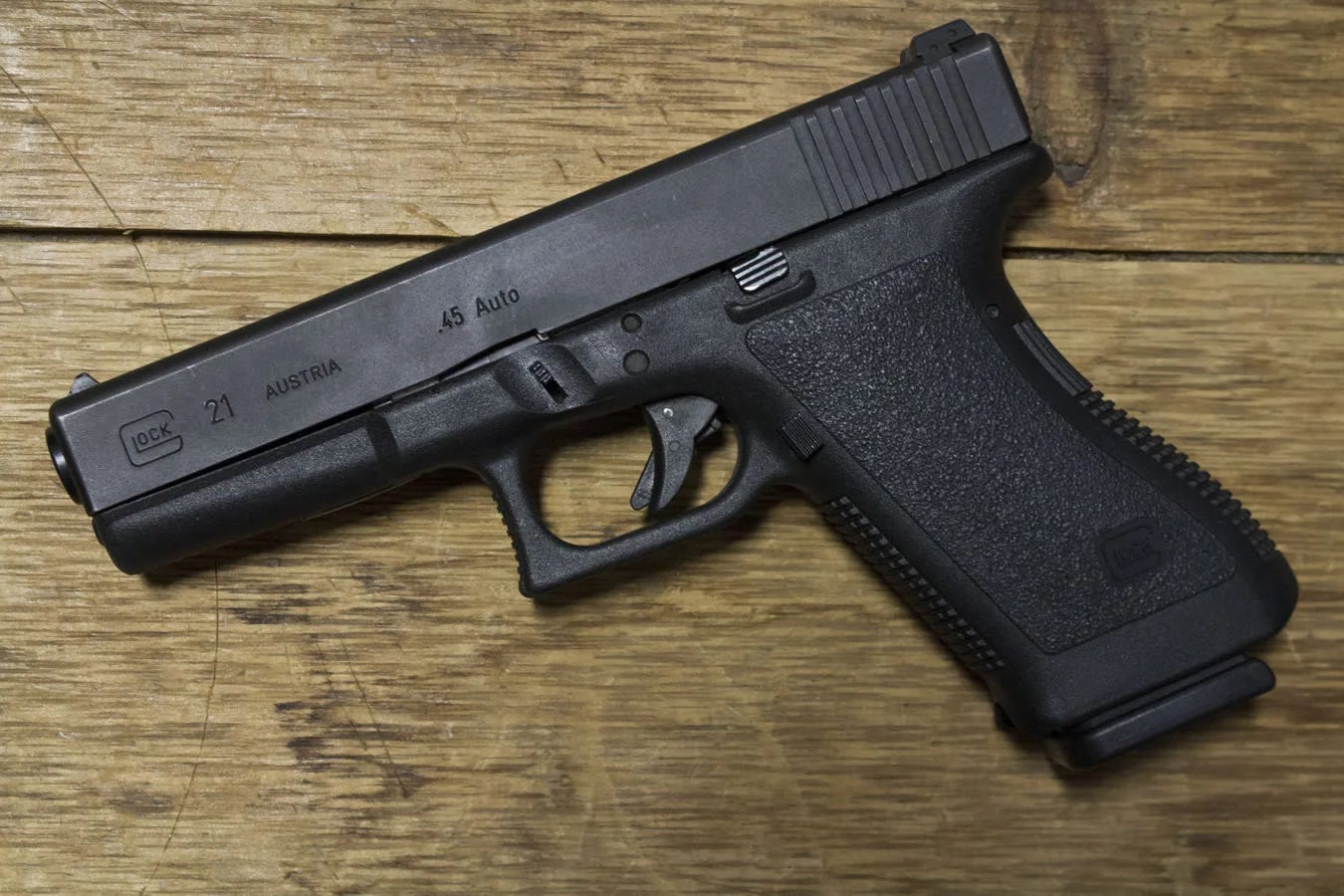

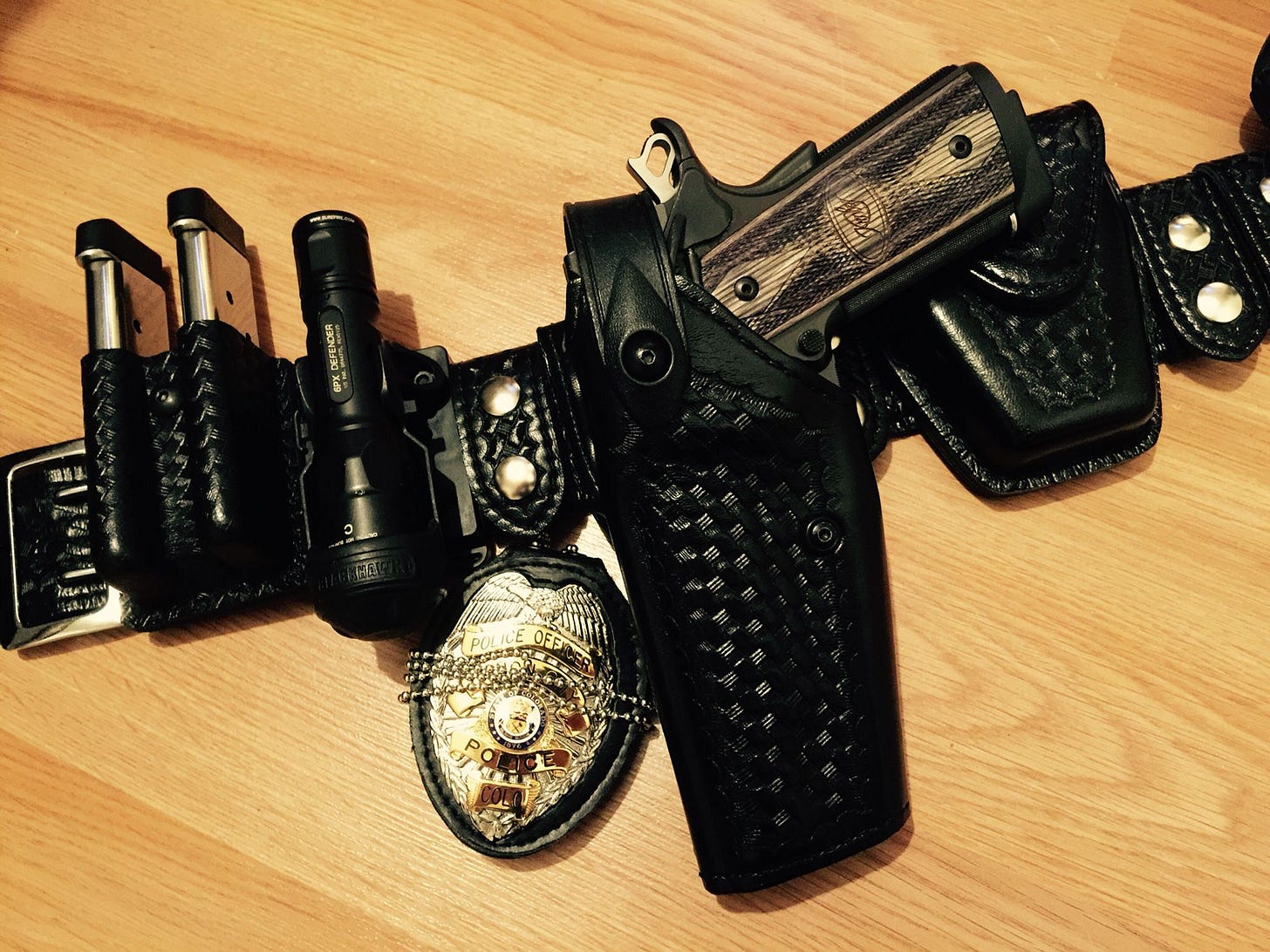
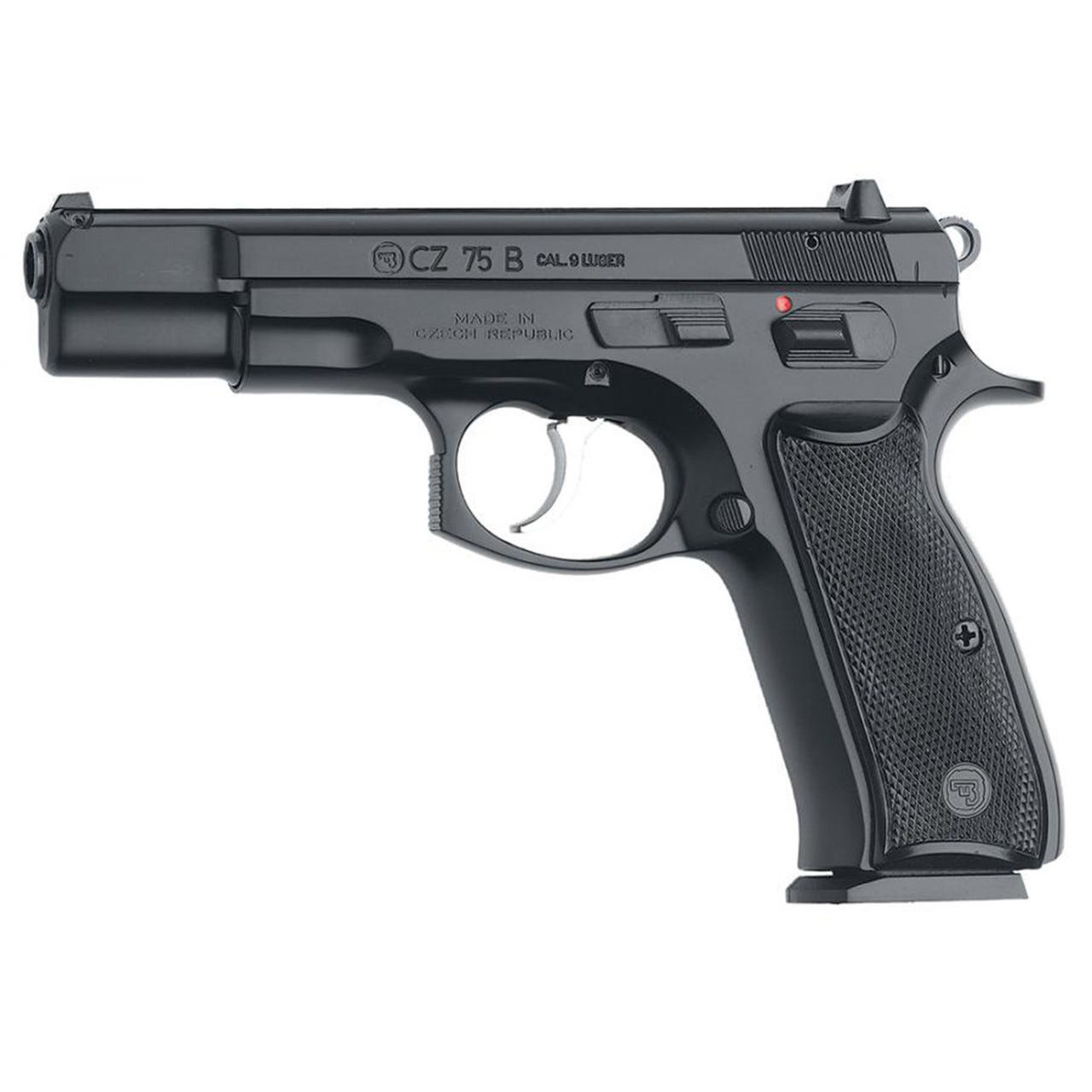




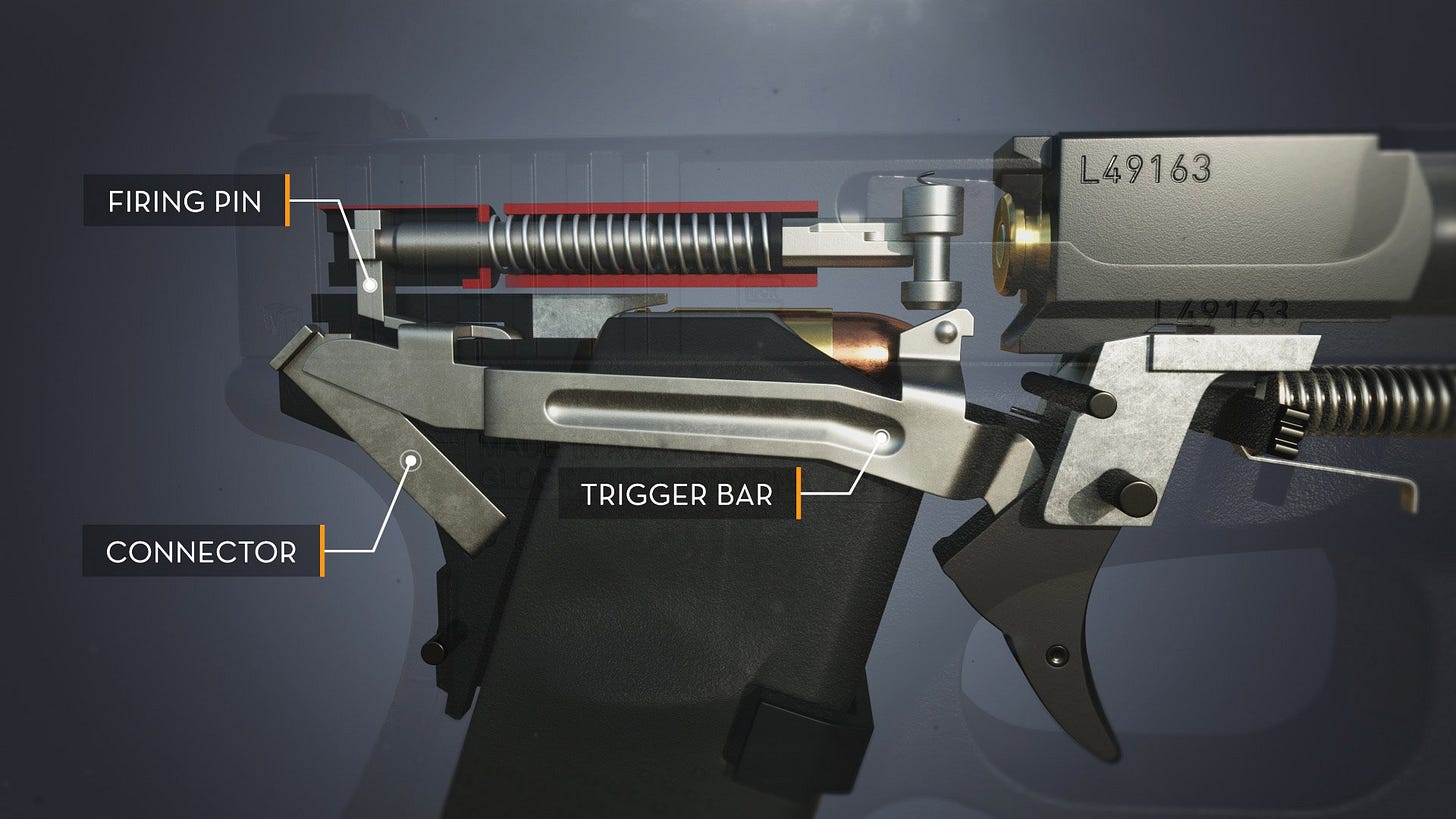
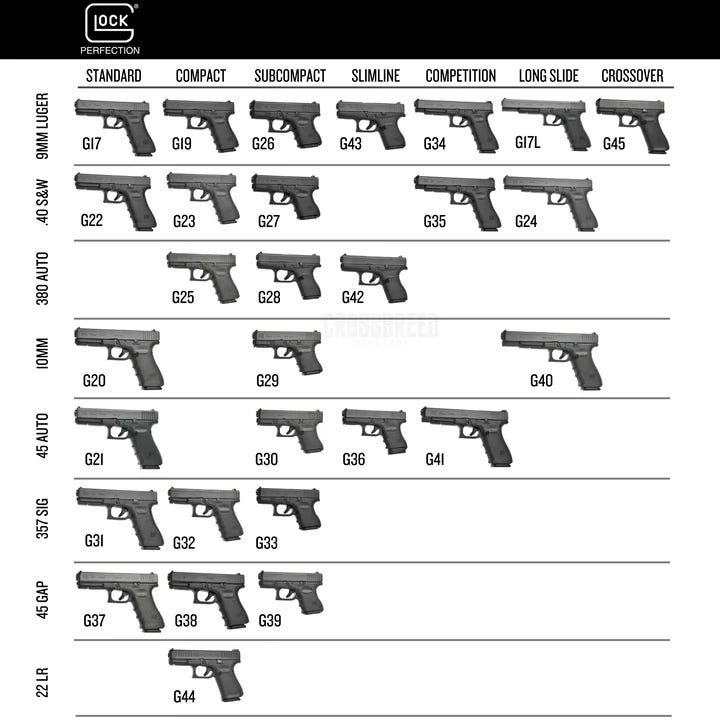


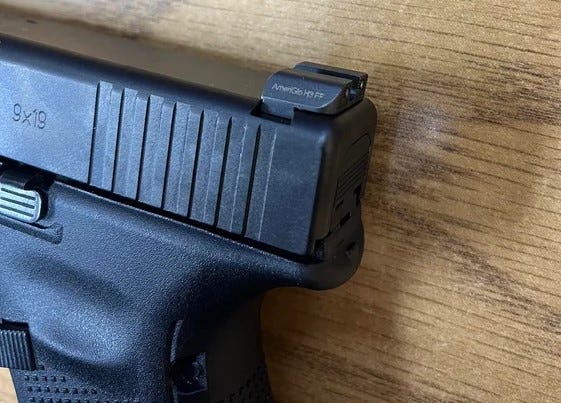
Yeah, basically they're reliably mediocre. When people ask me the "what first gun?" question, I generally say "Get a G19, a case of ammo, and a good class. Once you've got some experience, you'll know what you want next."
I don't actually have any Glocks for some reason. Always something else shinier...
My trade in g21 became my woods walking gun. With the bears, panthers, hogs, and two-legged varmints where I hunted it was a nice weight on my hip.
As always, solid write up.